Native American people integrated horses into their communities much earlier than European colonial records suggest, according to an innovative study Thursday that combined archaeological and genetic analysis with Indigenous oral traditions.
ScienceBased on European records from colonial times, historians have long contended that Native American people did not interact much with horses in the American West until the late 1600s.
frameborder="0″ allow="accelerometer; autoplay; clipboard-write; encrypted-media; gyroscope; picture-in-picture; web-share" allowfullscreen> This meant that horses were part of Native American social and ceremonial traditions"before any documented European presence in the Rockies or the Central Plains," the studyThe findings are consistent with a range of Indigenous oral histories that have long challenged the European account.
These petroglyphs in Sweetwater County, Wyoming, depicting a horse and rider, probably date to the early 17th century. The site is connected with the ancestral Comanche and Shoshone people. Ludovic Orlando, a study co-author and paleogeneticist at France's national scientific research center CNRS, said the research was"historic".'Mutual language'
That would"fit well with acquisition from the conquistadors," Orlando said, adding that the discovery of more fossils could disprove this theory.
United States Latest News, United States Headlines
Similar News:You can also read news stories similar to this one that we have collected from other news sources.
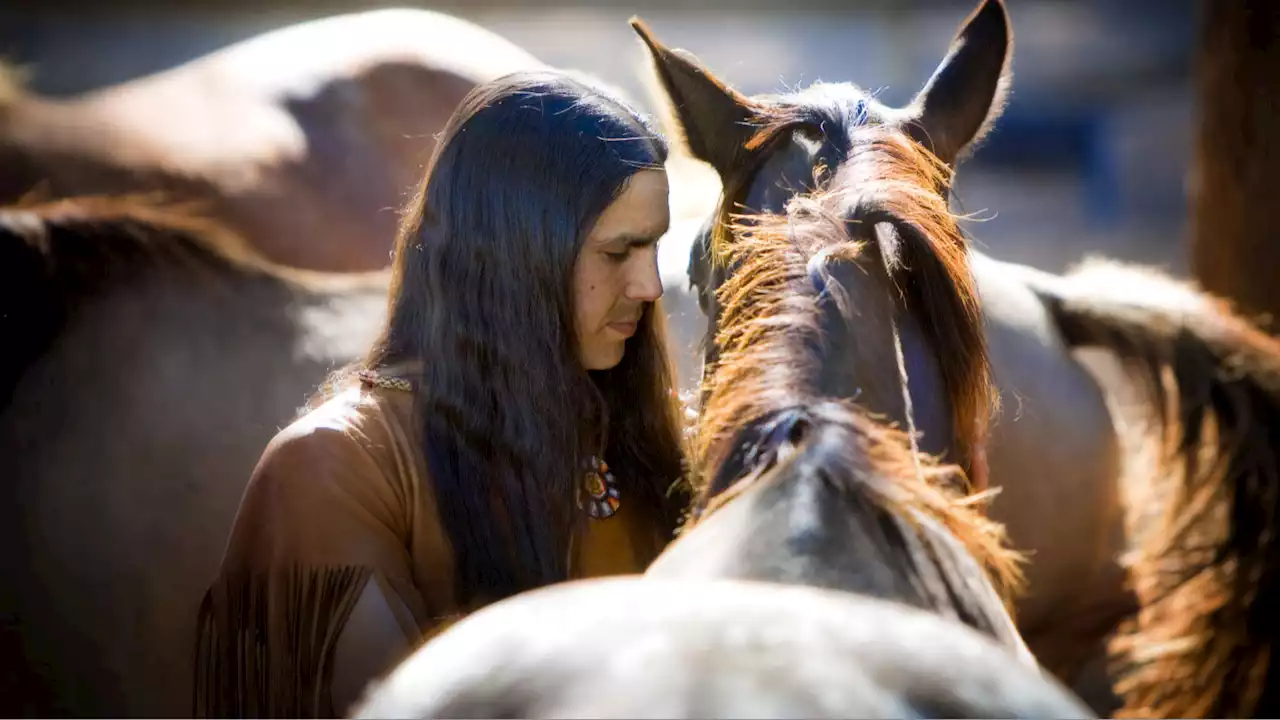 Native Americans corralled Spanish horses decades before Europeans arrivedGreat Plains groups incorporated domestic horses into their cultures by the early 1600s, before Europeans moved north from Mexico.
Native Americans corralled Spanish horses decades before Europeans arrivedGreat Plains groups incorporated domestic horses into their cultures by the early 1600s, before Europeans moved north from Mexico.
Read more »
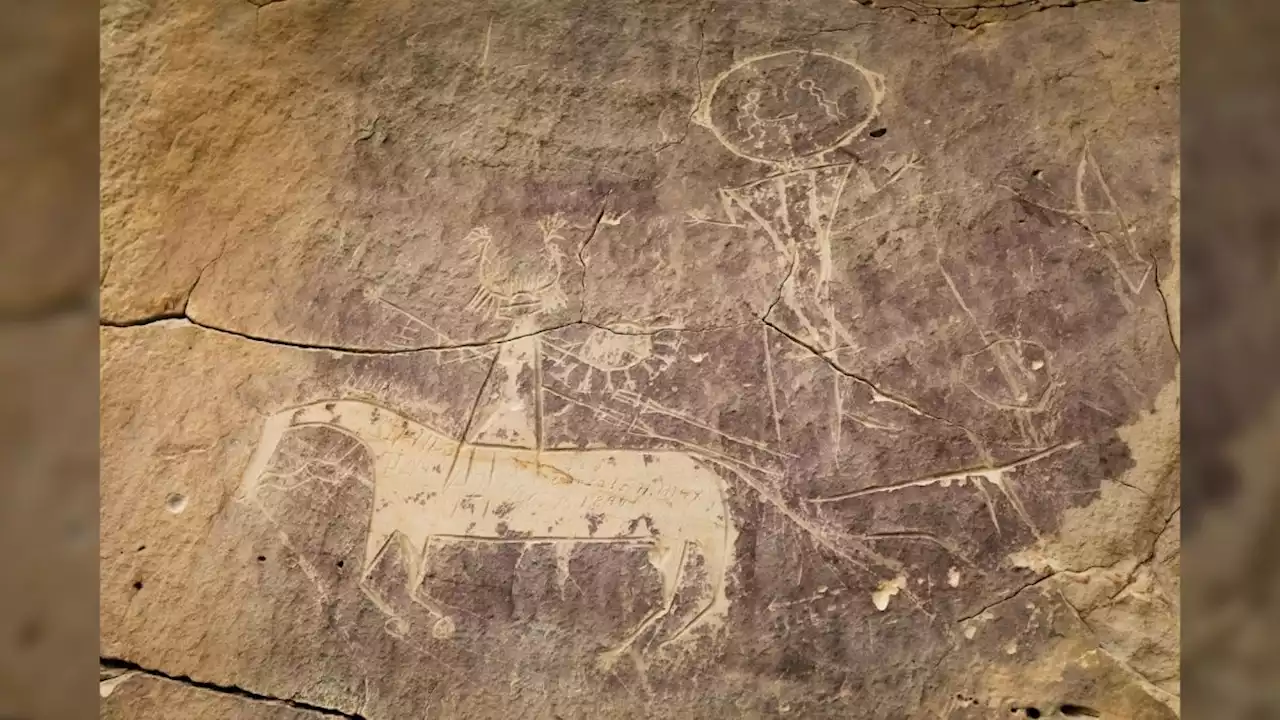 Indigenous people of the American West used 'sacred' horses a half-century earlier than previously thoughtIndigenous oral histories and archaeological evidence are rewriting the story of how horses came to the American West.
Indigenous people of the American West used 'sacred' horses a half-century earlier than previously thoughtIndigenous oral histories and archaeological evidence are rewriting the story of how horses came to the American West.
Read more »
Horse nations: Animal began transforming Native American life startlingly earlyAfter the Spanish conquest, horses transformed Native American tribes much earlier than historians thought. LongReads
Read more »
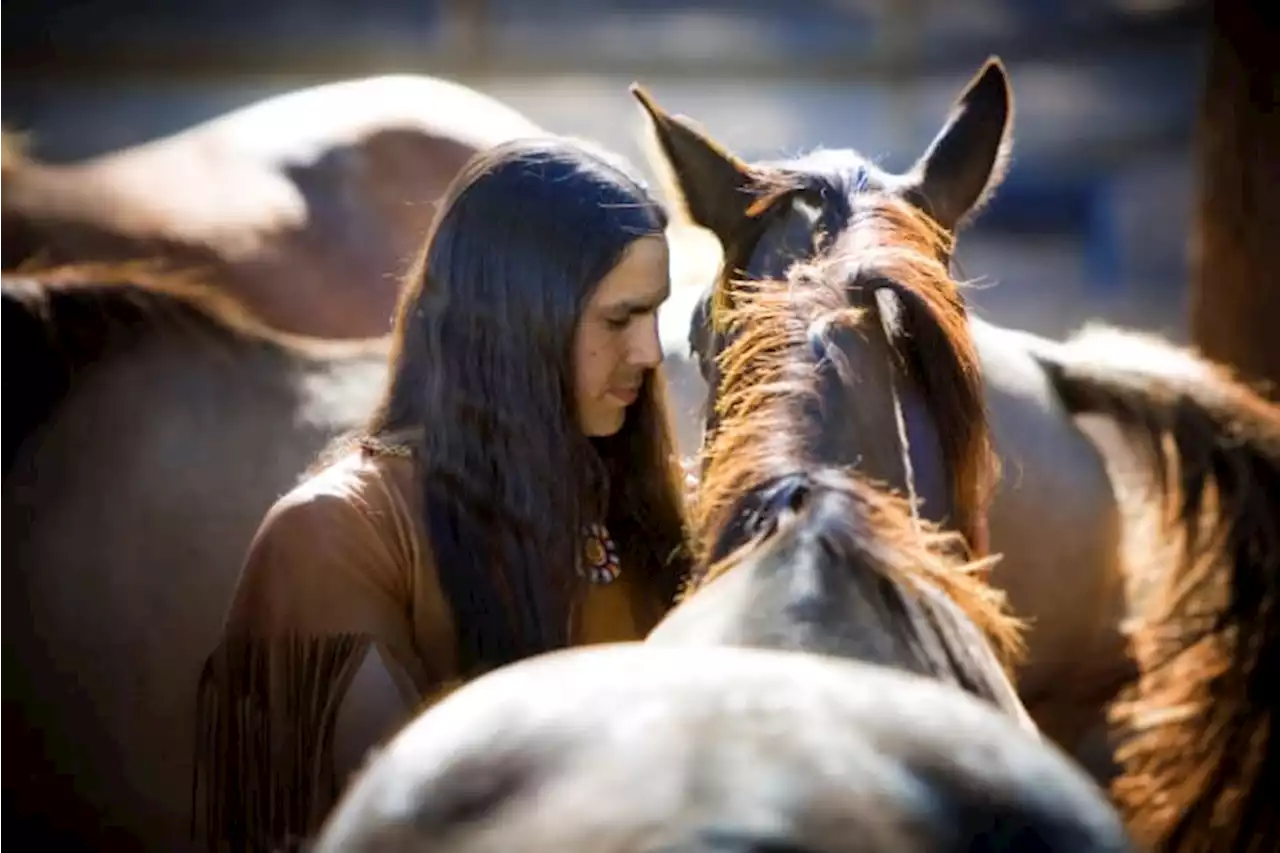 Horses came to American West by early 1600s, study findsA new analysis of horse bones gathered from museums across the Great Plains and northern Rockies has revealed that horses were present in the grasslands by the early 1600s.
Horses came to American West by early 1600s, study findsA new analysis of horse bones gathered from museums across the Great Plains and northern Rockies has revealed that horses were present in the grasslands by the early 1600s.
Read more »
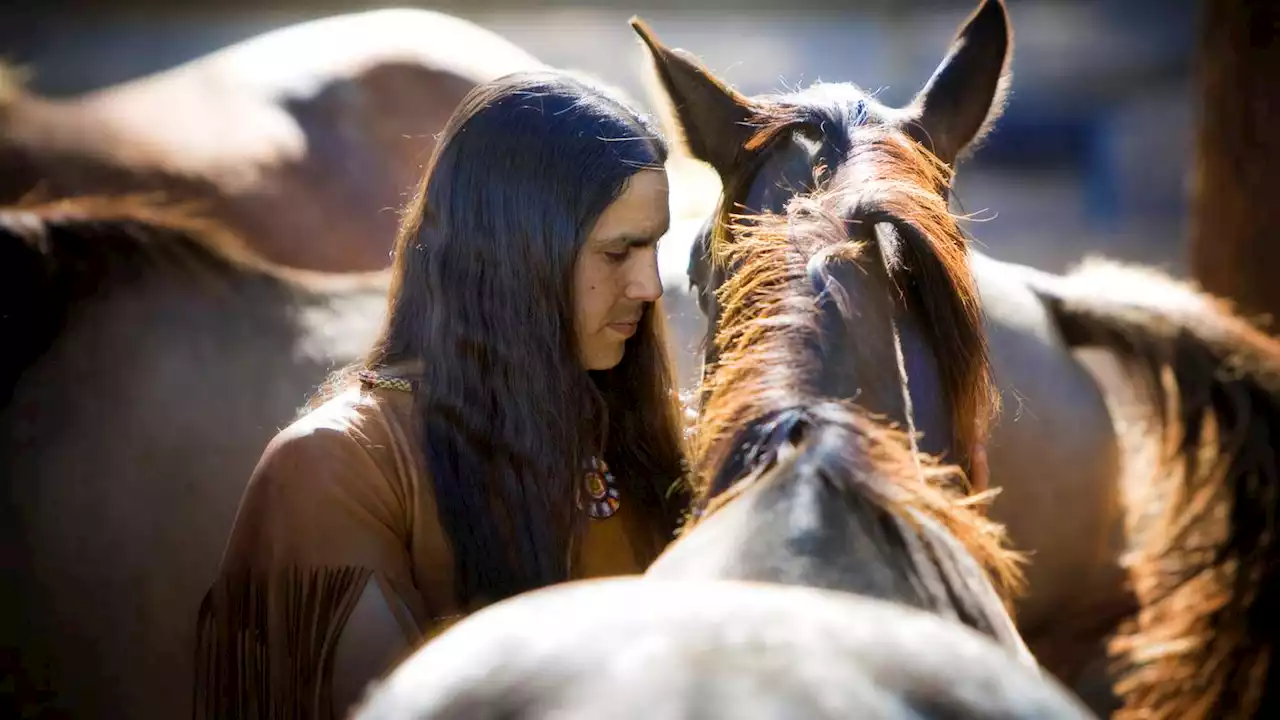 Horses came to American West by early 1600s, study findsA new analysis of horse bones gathered from museums across the Great Plains and northern Rockies has revealed that horses were present in the grasslands by the early 1600s
Horses came to American West by early 1600s, study findsA new analysis of horse bones gathered from museums across the Great Plains and northern Rockies has revealed that horses were present in the grasslands by the early 1600s
Read more »
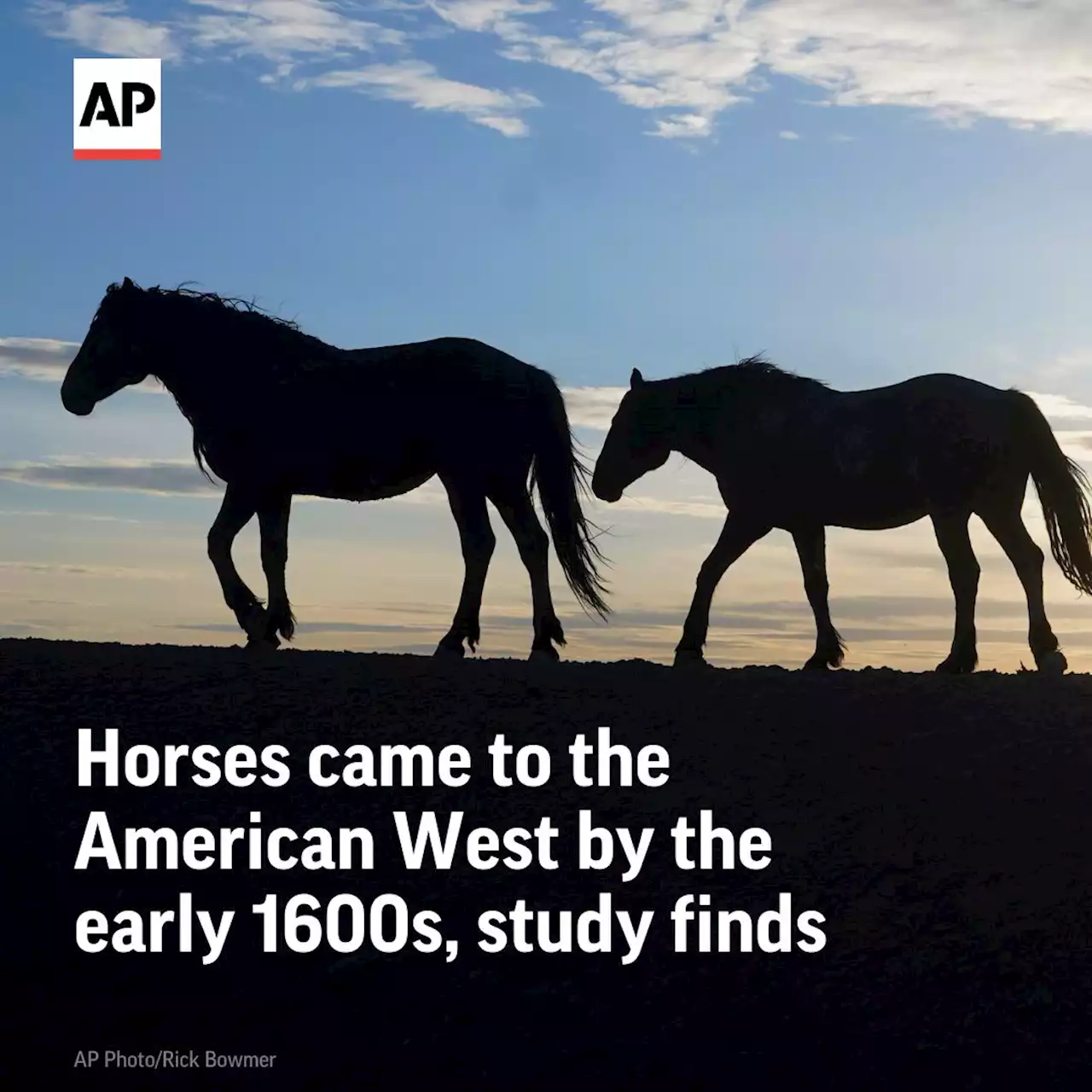 Horses came to American West by early 1600s, study findsA new analysis of horse bones gathered from museums across the Great Plains and northern Rockies has revealed that horses were present in the grasslands by the early 1600s. That's earlier than many written histories suggest. The timing is significant because it matches up with the oral histories of many Indigenous groups that they had horses of Spanish descent before the Europeans physically arrived in their homelands, perhaps through trading networks. The study was published Thursday in the journal Science and involved more than 80 co-authors – including archaeologists and geneticists, as well as historians and scientists from the Lakota, Comanche and Pawnee nations.
Horses came to American West by early 1600s, study findsA new analysis of horse bones gathered from museums across the Great Plains and northern Rockies has revealed that horses were present in the grasslands by the early 1600s. That's earlier than many written histories suggest. The timing is significant because it matches up with the oral histories of many Indigenous groups that they had horses of Spanish descent before the Europeans physically arrived in their homelands, perhaps through trading networks. The study was published Thursday in the journal Science and involved more than 80 co-authors – including archaeologists and geneticists, as well as historians and scientists from the Lakota, Comanche and Pawnee nations.
Read more »
